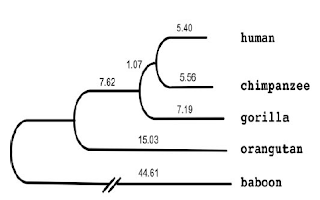In a recent
commentary published in
Behavioral Sciences & the Law, Texas Tech University professor Cheryl Erwin, J.D., Ph.D. takes a look at the ethical and moral concerns surrounding tests and punishments for substance abuse and addiction.
As scientific understanding of the human epigenome, its function, and its capabilities have expanded, so too have ideas about how these may be employed to meet various needs. With research into how certain epigenetic traits predict or are affected by addiction and substance abuse, the possibility has risen of epigenetic testing to assess drug and alcohol issues among job applicants, welfare recipients, prospective parents, and automobile drivers. Dr. Erwin warns that the predictive nature of some epigenetic testing, wherein an individual's
likelihood of a disease or disorder is assessed, has the tendency to lead to prejudice and unfair discrimination. Can an employer or a custody judge deny an American citizen's rights based on predictive biological signals, even if the individual is devoid of symptoms? Furthermore, and perhaps more insidiously dangerous, is the possibility that individuals avoid genetic testing altogether for fear of opening the door to discrimination; as such, they also miss out on the opportunity to catch and prevent other health issues early on. In short, especially in this age of genetics and preventative medicine, it remains crucial to avoid criminalistion and stigmatisation of men and women who, simply put, need help. People are more than what their methylated DNA may or may not suggest, and to help those who need an extra hand in keeping healthy, society cannot stop seeing them as human.













